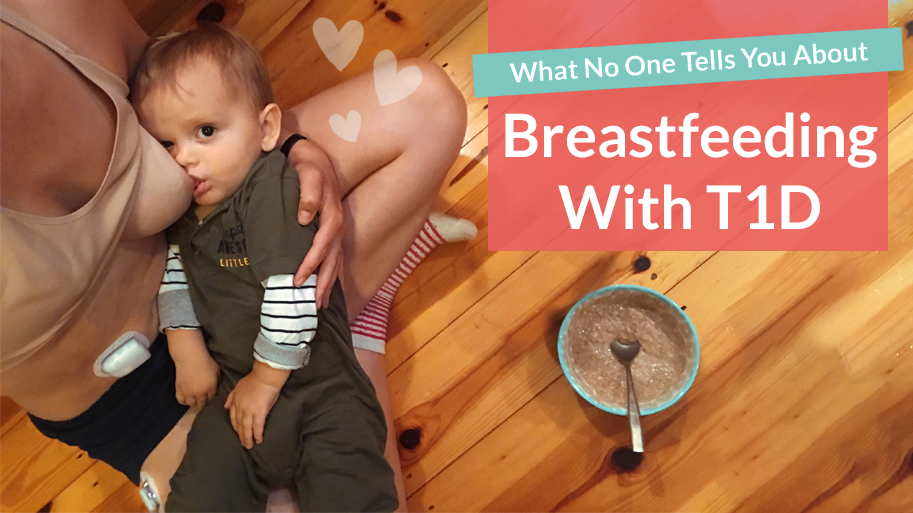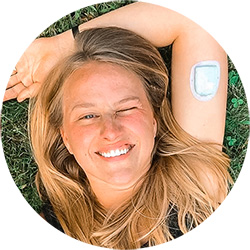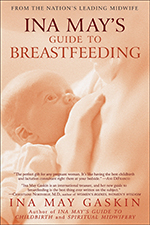Breastfeeding is pretty rad. But it can also be not so rad at times. And while there isn’t a whole lot of information out there about what to expect when breastfeeding in general, there is even less information out there about breastfeeding with type one diabetes. So here it is ladies, the honest truth about breastfeeding with T1D.
Spoiler alert, it’s not scary at all. Hopefully it is encouraging and gives you a good laugh! And stay tuned till the end because I’m also sharing 14 super cool facts about breastfeeding.
What No One Tells You About Breastfeeding With T1D
1. You may or MAY NOT have lows
One of the biggest misconception about breastfeeding with T1D is that you’ll have lows. But that’s not always the case, or even the case most of the time. I conducted a series of small surveys – polling several different T1D groups on Facebook, asking my T1D mama friends, and talking to my Endo. All results came back the same; it was about a 50/50 split. Which was a total shocker.
While I was on the side of women who never experienced a single low while breastfeeding, I always assumed I was an anomaly because of ALL the “horror stories” I would see on FB from other mamas talking about their lows. Turns out, just as many women DIDN’T experience lows, but since that is nothing newsworthy, it was never posted or mentioned, therefore, never seen.
2. If you do have lows, they typically only last for the first 1-2 months
After a couple months, once your hormones have a chance to balance out, the lows stop even when you continue to breastfeed.
3. Your sugar level may affect the sugar content of your milk
This is just something that I observed. This is in no way a hardened fact. That being said, I noticed, consistently, that if I had multiple days of high blood sugar, my son would develop thrush (which is a yeast overgrowth on the tongue – typically caused from too much sugar). It cleared up easily with a simple soda water solution I would put on his tongue and my nipples before & after every feeding. But the correlation was undeniable.
Baking Soda & Water Solution: ¼ tsp Baking Soda + ¼ C water. Put on your nipple and baby’s tongue before and after every feeding.
4. Vaginal dryness
This is common in all breastfeeding mama’s because it’s the body’s way of trying to prevent pregnancies that are too close together. The idea is that without your body’s natural lubrication, sex is unlikely to happen, which means no babies. Throw high blood sugar into the mix and you’ll be extra dry & dusty (jk about the dusty part).
This can make sex pretty painful, even with lube. It’s okay to put sex on hold until you and your body are ready again, because I think we can all agree that sex is only fun when both parties are into it.
5. Hydrate more than the average gal
Breastfeeding requires a lot of water. You’ll notice this by the INSANE amount of thirst you experience at every nursing session. Especially if you’re high and nursing. This can dehydrate your pretty quickly, which is no bueno for lots of reasons.
I was seriously SO thirsty every time Miles nursed – high BG or not.
I learned pretty quick to bring a glass of water with me every time I was about to pump or nurse.
How much water is enough? I was drinking about 1 gallon per day (from this massive gallon stainless steel water jug). And for size reference, I am 5’7″ 150lbs
If you aren’t a fan of water, check out my favorite sugar free drinks here for some ideas!
6. Your robots will likely get in the way, be played with, and wake up baby
I can’t tell you how many times Miles’s head or body rested on my pump or CGM while nursing… or how many times he would play with them/grab them while nursing. Good news, he’s never been successful at ripping them off and they never dented his head!
Win!
I also can’t tell you how many times they’ve woken him up with an alert right after I spent what felt like an eternity putting him down. But I also can’t tell you how helpful they’ve been in both my pregnancy and postpartum journey.
And last but not least,
14 Super Cool Facts About Breastfeeding
This list comes from HealthFoundationsBirthCenter.com
- Human milk boosts a baby’s immune system big time—helping baby fight viral, bacterial, and parasitic infections, including: respiratory tract infections, ear infections, bacterial meningitis, pneumonia, urinary tract infections, infant diarrhea, common colds, and flus.
- Breastfeeding can actually reduce baby’s risk of disease later in life, including: Type I and II diabetes, Hodgkin’s disease, leukemia, obesity, high blood pressure, high cholesterol levels, crohn’s disease, ulcerative colitis, asthma, and eczema.
- Breastfeeding reduces mama’s risk of ovarian and breast cancer, heart disease, and osteoporosis. The longer she breastfeeds, the higher the benefit. In fact, a woman who breastfeeds for 8 years has nearly a 0% risk of breast cancer. Get this—breastfeeding a baby girl actually reduces her lifetime risk of breast cancer by 25%.
- Saves a family approximately $2 to 4 thousand dollars annually (compared to cost of formula).
- Helps mama heal faster in the postpartum, helping her uterus return to pre-pregnancy size faster and lowering overall postpartum blood loss.
- Helps mama return to her pre-baby weight. It takes 1000 calories a day on average to produce breast milk. Women are advised to consume an extra 500 calories a day, and the body dips into reserves it built up in pregnancy to make the rest (it’s important to consume those extra calories or the body actually goes into “starvation mode” and holds onto the reserves).
- Producing breast milk consumes 25% of the body’s energy; the brain only uses 20% by comparison.
- On average, babies remove 67% of the milk mama has available—they eat until fullness, not until the breast is emptied.
- Almost 75% of all moms produce more milk in their right breast, whether they are right- or left- handed.
- Mama’s body is constantly making the perfect milk for baby. Milk changes its nutritional profile as baby grows (milk made for a 3 month old is different than for a 9 month old). Milk can even change day to day—for example, water content may increase during times of hot weather and baby-sickness to provide extra hydration.
- Human milk contains substances that promote sleep and calmness in babies (who doesn’t love that?) Breastfeeding also calms mama and helps her bond to baby.
- Breastfed infants are at lower risk for sudden infant death syndrome (SIDS)
- Mama’s breasts can detect even a one degree fluctuation in baby’s body temperature and adjust accordingly to heat up or cool down baby as needed. This is one reason skin-to-skin contact in the early days is so crucial.
- Breastfeeding reduces baby’s risk of cavities later on and may lower the chance they will need braces as kids.
Shop This Post
Question(s) of the Day
What is your experience with breastfeeding with T1D? Do you plan on breastfeeding? What are your fears/concerns about breastfeeding with T1D? What are you looking forward to? I want to know it all!







It’s like you can read my mind! I’m 33 weeks and plan on breastfeeding for the first year (hopefully longer!), but I’m scared cause I keep seeing people post about breastfeeding lows!! The only other T1D person I know, like you never had lows, so i didn’t think it was a thing until i joined FB groups… which i totally regret doiing – it’s ALL horror stories, never anything positive. Thank you for this post, you gave me som much needed peace of mind <3
yes! this list is 100%. I did have nursing lows, but they only lasted about a week. I actually think it was more of an issue of my ratios still needing to come down postpartum than the nursing itself.
My experience? Well I recall being sprayed on my check while my son was nursing on the left. It is, still 42 years later, one of the things we both laugh about on with even a small prompt.
Thanks for the post! I am a T1 nearing the end of my breastfeeding journey with my almost 10 month old and I haven’t experienced many issues tied to my Diabetes. Your body is doing so much readjusting in those first months postpartum that you just roll with it, and make sure you’re prepared for whatever happens with snacks and drinks everywhere! In my opinion, people with Diabetes are now armed with information & gadgets that prepare us to deal with whatever comes our way – so despite all the info out there that seemed scary about breastfeeding, I knew everything would be OK.
I never had lows either. and that’s interesting about the thrush. I plan on TTC sometime in 2021 for baby #2 so I will definitely be paying attention to my sugars & if baby gets thrush. My first got a few times here and there and we treated with grapefruit seed extract, but now i’m curious if my sugars did anything to encourage that.